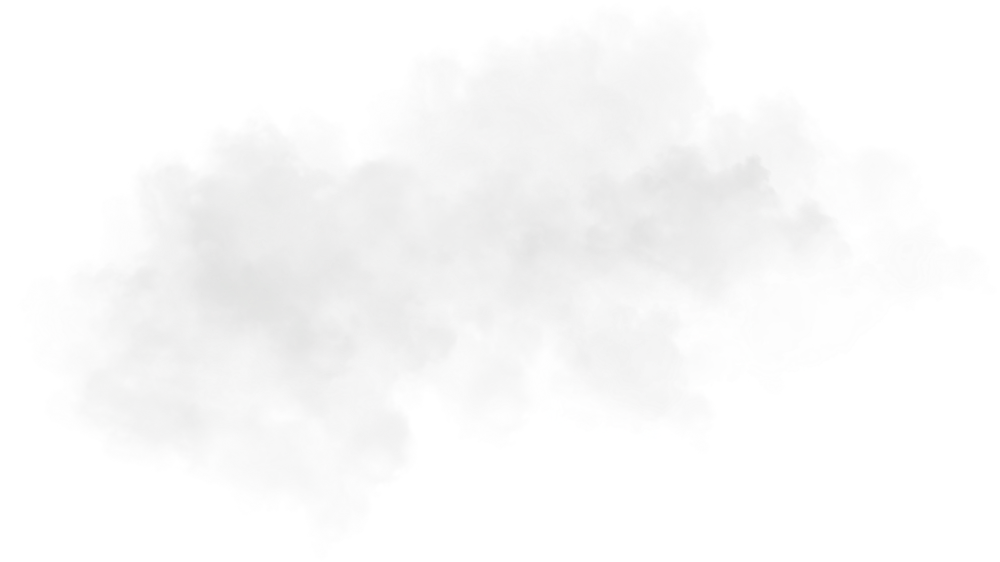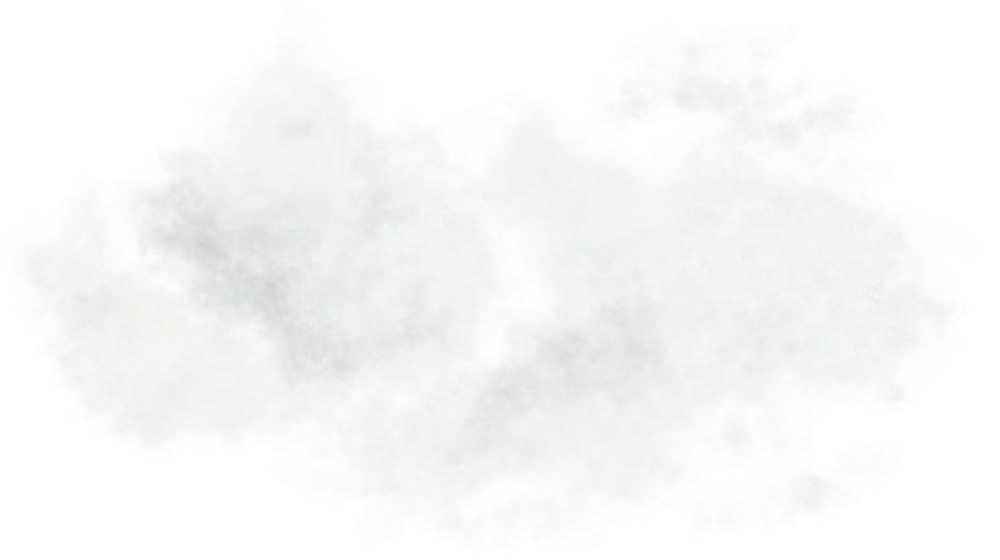Landof volcanoes
Like the rest of Auvergne, volcanism is omnipresent in Sumène Artense. The destination is dotted with small volcanic edifices along the Dordogne, on the edge of the Cantalien massif and on the Artense plateau. This multitude of volcanoes of different origins and eras presents a remarkable diversity of shapes, altitudes and magmatic rocks.
Sumène Artense is part of the regional nature park of Auvergne Volcanoes. In fact, the Artense plateau is an integral part of the park and one of its five natural regions.



A littlegeology
Auvergne’s volcanism is a consequence of the surrection of the Alps, which began 100 million years ago. The folding of the Earth’s crust, caused by the tectonic convergence of Africa and Europe, created faults in the crystalline basement. Magma trapped beneath the crust was then able to push its way through certain faults, triggering volcanism in the Massif Central.
The Cantalien stratovolcano, Europe’s largest, emerged 12 million years ago. Today, it appears as a complex volcanic massif, a mostly collapsed edifice near which numerous monogenic volcanoes have sprung up. Some of these are found in Sumène Artense, spread between the Dordogne and two of its tributaries: the Rhue and the Sumène.

The Chastel-Marlhac plateau,a geological mystery
A veritable citadel of lava! This basalt plateau, surrounded by cliffs and almost entirely detached from the Trizac planèze, remains a geological mystery to this day. Its exceptional configuration could be the result of an ancient lake of hardened lava (a paléolac) or the tip of an ancient basalt flow. From the plateau, an impressive panorama opens up over the Sumène valley, the Artense, the Sancy massif, the Haute Corrèze and the phonolithic organs of Bort-les-Orgues and Milhac.
An educational booklet-game has been created to help visitors understand the geology and history of the plateau: À la poursuite du secret de Chastel-Marlhac (In Pursuit of the Secret of Chastel-Marlhac). It is on sale at tourist information offices for €2. A hiking trail takes in the plateau and its surroundings: PR 19 La table basaltique de Chastel. There are also two viewpoints on the plateau, one to the east and the other to the north.

Many independentvolcanoes
Some fifty volcanic edifices are scattered across the Sumène Artense territory, some of which, such as Pic de Charlus, Puy du Fraisse, Puy de Saignes and Puy de Lacollange, have been converted for walks and are unique viewpoints accompanied by orientation tables.
These edifices are monogenic, i.e. volcanoes with a single chimney, each eruption producing just one type of lava over a short period of time. All that remains after the passage of the glaciers are the remains of these chimneys, known as necks.

La Tuilièresite
This site on the shores of Taurons lake combines volcanism and hydroelectricity. Around 10 million years ago, a basalt volcano erupted, producing a prismatic flow visible at the foot of the reservoir dam.
The volcanic edifice was later used as a quarry to supply the riprap for the dikes of the Lastioulles and Taurons reservoirs. More than half of the volcanic edifice was then consumed in the construction of the various dikes.

Volcanismin Auvergne
The Cantal stratovolcano erupted 8 million years ago and remained active for almost 1 million years. This volcano, made up of many layers (strata) of hardened lava and tephra, reached altitudes similar to those of Mount Etna: around 3,300 metres.
7 million years ago, the stratovolcano collapsed, and various sections of the volcano rolled down the mountain to create a volcanic domain with a circumference of 60 km. The Puy de Peyre-Arse, Puy de la Tourte and Puy de Chavaroche are the main ruins still visible today.
Several eruptions of monogenic volcanoes on the ruins of the stratovolcano gave rise to new buildings 6.5 million years ago. It was at this time that Puy Griou and Puy Mary, one of the Cantal’s landmarks, were built.
4 million years ago, part of the ruins of the stratovolcano was covered by several viscous lava flows that formed the highest point in the Cantal and Auvergne: the Cantal lead (1855 m).

Between 5 and 3 million years ago, the Cézallier plateau, well known for its Mongolian-style landscapes, was shaped by successive lava flows.
Around 200,000 years ago, volcanism moved northwards to form the Monts Dore massif, culminating in the Puy de Sancy (1,885m).
Between 200,000 and 6,500 years ago, volcanism shifted again, forming the puys chain. The highest point is the Puy-de-Dôme: 1,464m. The last volcanic activity in the region was recorded at Lac Pavin. This maar (water-filled crater) is the youngest volcano in France (around 7,000 years old)!